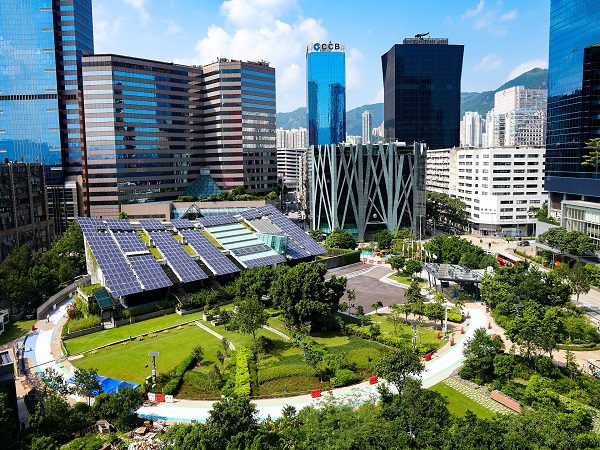Introduction
In the ever-evolving landscape of urban development, a remarkable transformation is taking place – the rise of solar-powered cities. As the world grapples with the challenges of climate change and environmental degradation, urban sustainability has emerged as a beacon of hope. Cities are now embracing solar power as a pivotal component of their energy strategies, aiming to create cleaner, greener, and more sustainable urban environments. This article delves into the profound implications of the solar revolution within cities, exploring the benefits, challenges, and the promising future of solar-powered urban landscapes.
Harnessing the Power of the Sun
At the heart of the solar-powered city revolution lies the harnessing of the sun’s abundant energy. Solar panels, often mounted on rooftops or integrated into urban infrastructure, convert sunlight into electricity, providing a renewable and eco-friendly energy source. This transition to solar power is not merely an environmental gesture; it is a pragmatic response to the escalating demand for energy in densely populated urban areas.
The Benefits of Solar-Powered Cities
Clean Energy Generation: One of the primary advantages of solar-powered cities is the generation of clean, sustainable energy. Unlike conventional energy sources such as coal or natural gas, solar power produces minimal carbon emissions, contributing significantly to the reduction of greenhouse gases.
Cost Savings:
As technology advances and the cost of solar panels continues to decline, cities are experiencing substantial cost savings in energy production and consumption. The initial investment in solar infrastructure is offset by long-term benefits, making it an economically viable solution for urban areas.
Reduced Dependence on Fossil Fuels:
Solar power helps cities reduce their dependence on finite and environmentally harmful fossil fuels. By diversifying energy sources, cities enhance their resilience to external shocks in the global energy market and contribute to a more sustainable energy landscape.
Job Creation:
The transition to solar energy fosters job creation, stimulating local economies. From manufacturing and installation to maintenance and research, the solar industry has become a significant source of employment, bolstering economic growth in urban centers.
Challenges on the Road to Solar-Powered Cities
While the advantages of solar-powered cities are undeniable, the journey is not without challenges.
Initial Investment:
The upfront costs associated with implementing solar infrastructure can be a barrier for some cities. However, numerous financial incentives, grants, and subsidies are available to mitigate these costs and encourage the adoption of solar technologies.
Intermittency and Storage:
Solar power generation is dependent on sunlight, which is inherently intermittent. To address this, cities are investing in energy storage solutions such as advanced batteries, enabling them to store excess energy during sunny periods for use during cloudy days or at night.
Aesthetics and Urban Planning:
Integrating solar panels into the urban landscape requires thoughtful urban planning to address aesthetic concerns. Striking a balance between functionality and visual appeal is essential to ensure the seamless integration of solar technology within the cityscape.
The Future of Solar-Powered Cities
As technology continues to advance and the global commitment to sustainable practices grows, the future of solar-powered cities appears brighter than ever. Innovations in solar panel efficiency, energy storage, and smart grid technologies are paving the way for cities to become more self-sufficient and resilient.
Smart Grid Integration:
The integration of smart grid technologies allows for more efficient energy distribution, enabling cities to optimize their energy use and respond dynamically to changing demands. This interconnected approach fosters a more resilient and reliable energy infrastructure.
Innovations in Solar Technologies:
Ongoing research and development in solar technologies are driving increased efficiency and reduced costs. Emerging technologies, such as transparent solar panels and solar paint, offer new possibilities for seamlessly integrating solar power into urban architecture.
Community Engagement and Education:
The success of solar-powered cities hinges on community engagement and education. Cities are investing in public awareness campaigns and educational initiatives to encourage residents to embrace sustainable practices, including energy conservation and the adoption of solar technologies.
Conclusion
The rise of solar-powered cities marks a pivotal moment in the journey towards urban sustainability. As cities worldwide embrace the benefits of clean, renewable energy, they are not only reducing their environmental footprint but also creating more resilient, economically vibrant, and livable urban spaces. The challenges on this path are real, but with technological advancements, policy support, and community involvement, solar-powered cities are poised to redefine the future of urban living. In this age of environmental consciousness, the sun is emerging as a guiding light, illuminating the way towards a more sustainable and brighter urban future.





























